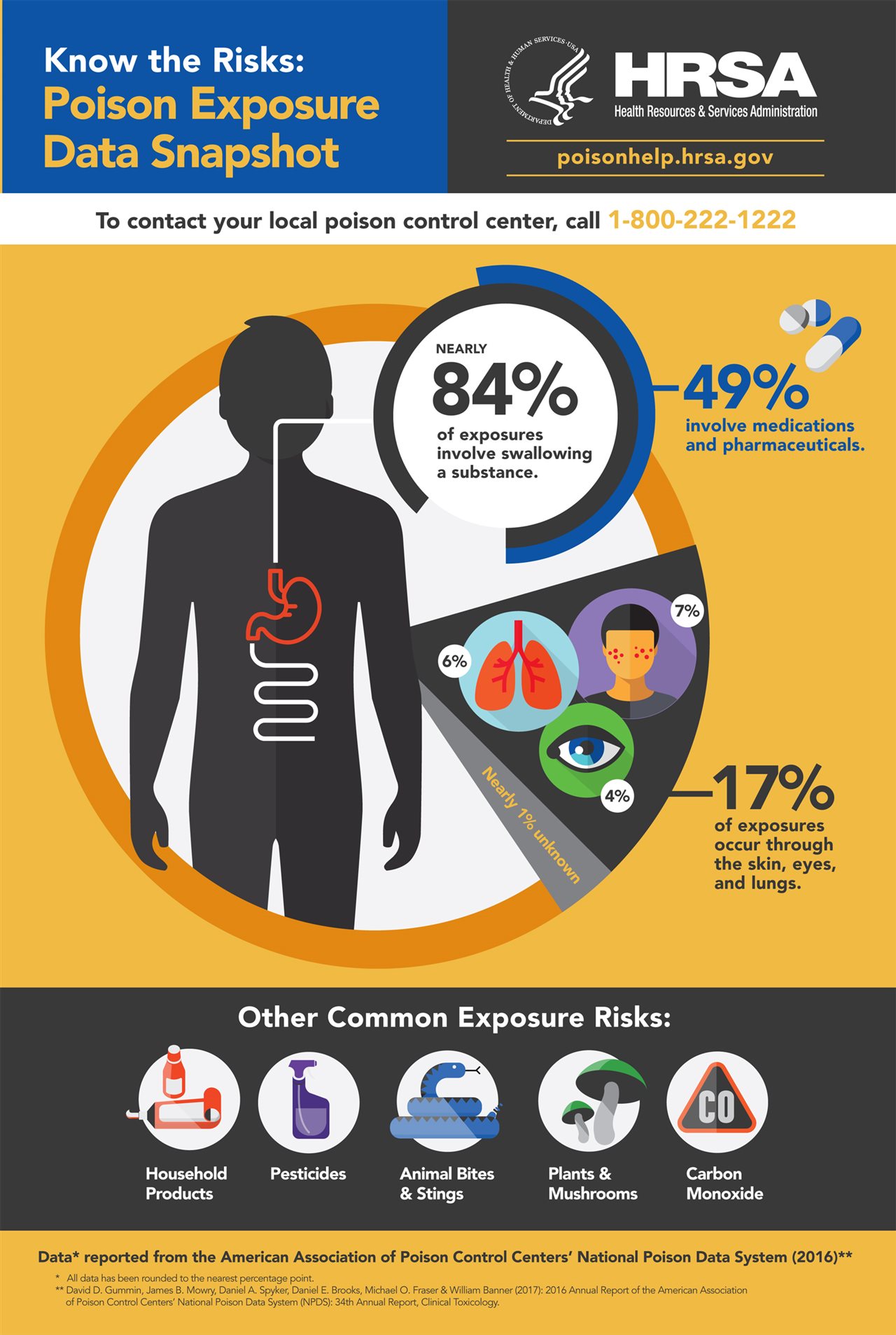2018-03-27T10:11:00
(BPT) – Farm-fresh eggs. Locally grown tomatoes. Herbs sourced onsite.
If you’ve eaten out recently, you’ve probably noticed the menus feature locally sourced ingredients. The farm-to-table movement continues to flourish at restaurants throughout the country.
In fact, rather than the exception, it’s become the expectation. According to the National Restaurant Association, farm-to-table is quickly becoming the new norm. Diners are so attracted to the freshest fare possible, it’s inspiring some restaurants to start their own gardens, on a rooftop, terrace or simple outdoor plot. Hyper-local culinary concepts like these represent the top trend on the annual “2018 Culinary Forecast” report.
You can take a cue from this hot trend by starting your own farm-to-table concept garden at home. Just imagine plucking ruby red tomatoes and rich green basil straight from your garden to make a farm-fresh, scrumptious caprese salad without ever leaving home. An at-home take on the farm-to-table trend can easily be translated to a convenient “garden-to-table” concept in your own backyard. Growing your own at home will elevate your cooking and you’ll feel good about being able to produce your own food while lowering your grocery bill (and certainly save by not dining out as much).
No matter the size of your garden space, you can grow fresh foods that are readily available right at your fingertips, even if you just have a small patio or balcony. What’s more, some of the most popular produce to eat is also easy to grow.
The experts at Bonnie Plants offer some easy-to-grow, space-saving suggestions to encourage a garden-to-table trend at home.
Caged tomatoes
Whether you choose big, juicy slicers or sweet cherry-sized snackers, caged tomatoes are easy to grow and offer endless cooking opportunities. Determinate varieties of tomatoes are container favorites because the vines are relatively compact yet bear a productive harvest. Or create your own container garden using tomato varieties especially bred for small spaces.
Caged peppers
Try popular and versatile Green Bell, a heavy yielder of large fruits and a good all-round pepper for slicing and stuffing. Or, spice up your recipes with jalapeño chile peppers, which yield a bountiful harvest.
Strawberries in hanging baskets
Sweet, juicy strawberries add loads of flavor to salads, dressings, drinks and desserts. Think you need a plot to grow a productive strawberry patch? Think again. Maximize space with Bonnie Plants’ strawberries in hanging baskets, which are everbearing and produce cascades of berries throughout the growing season.
Herbs in combo pots
Want to raise the flavor profile of any culinary dish? Fresh herbs are your best bet. Herb gardens can be grown in compact spaces, which means you can fit your favorites in no matter how much space you have.
For example, a kitchen herb combo container featuring sweet basil, cilantro and curled parsley is a powerhouse pot that’s both practical and pretty. You can set it right outside your door for convenient access and continuous harvest. Herbs are ready for harvest upon purchase and will keep growing and giving all season long.
Bonnie Plants offers more than 250 varieties of vegetables and herbs, from tried and true classics to some unusual varieties you may not have tried, such as Holy Basil, Tepin Chili Pepper, Barbeque Rosemary, Little Napoli Patio Roma and many more.
Once it’s time to harvest, have fun exploring new recipes and experimenting with home-grown, fresh-picked produce that will shake up your supper and then some. For more inspiration for easy at-home gardening, visit bonnieplants.com.
This recipe for a classic caprese salad is sure to hit the spot as a light lunch or satisfying start to dinner.
Caprese salad
Ingredients:
1 fresh tomato
1 ball fresh mozzarella cheese
Basil leaves
Olive oil
Balsamic vinegar
Salt and pepper to taste
Directions:
Slice tomato in 1/4-inch thick slices. Do the same for the mozzarella. Alternate layers between the tomato, mozzarella and basil. First, a tomato slice, then a mozzarella slice, then a few leaves of basil; begin and end with tomato. Drizzle with olive oil and balsamic vinegar, or your favorite Italian dressing. Add salt and pepper to taste.



















